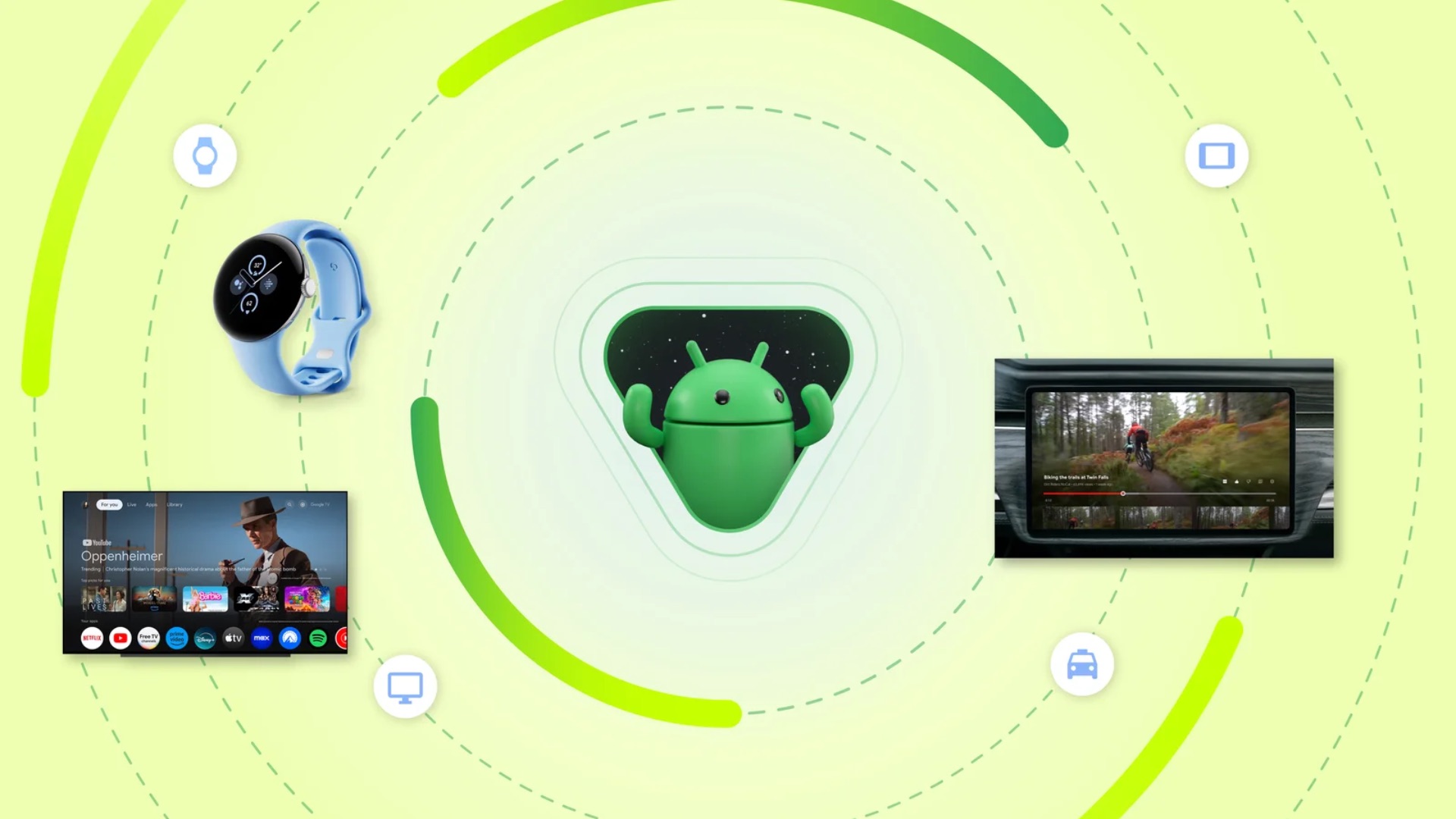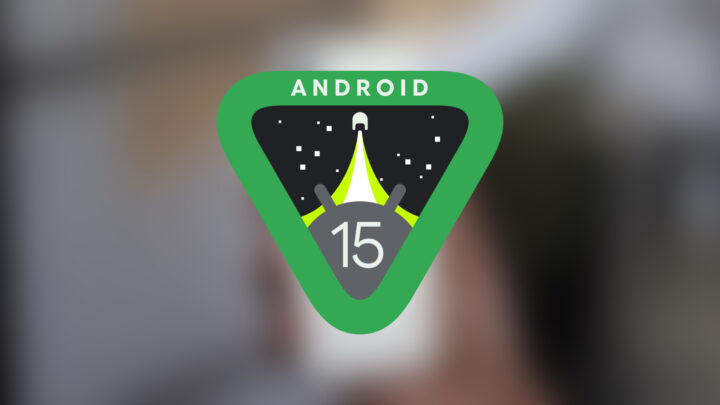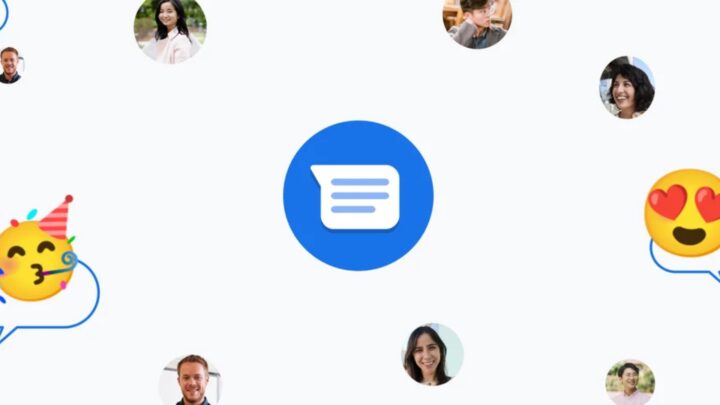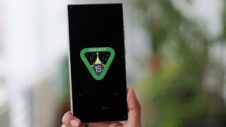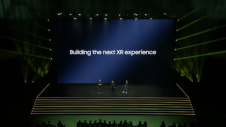Last week, Google unveiled its updated platforms—Android 15, Android 14 TV, and Wear OS 5—at the Google I/O 2024 event. We reported what's new with Android and Wear OS last week.
Today, we will look at what's new for the whole Android ecosystem, as most of those features will be used by people like you who own Galaxy phones, tablets, and smartwatches.
New Android 15 ecosystem features
Privacy & security
Private Space: A feature similar to Secure Folder on Galaxy phones and tablets. It can be used to keep private apps and data secure. Notifications from apps inside Private Space are kept hidden, too. Private Space appears as a separate folder in the app drawer and can only be accessed after biometric authentication.
Since this feature is already present in Galaxy devices in the form of Secure Folder, Private Space won't come to Galaxy phones and tablets. However, Secure Folder may get further improvements if it is based on Google's Private Space APIs.
Theft Detection: This is a significant and useful feature. Whenever a device running Android 15 is snatched from you, the phone can use data from the accelerometer and the gyro sensor to detect theft. Once theft motion is triggered, the device is locked down, and you can track it using Google's Find My network.
This feature is coming to Android 15 later this year.
Real-Time Fraud Detection: Google Play Protect, which comes pre-installed on all devices running Google Play, can detect apps engaging in fraud and phishing. It can also detect how an app interacts with other apps and whether it misuses user data and files.
Any such app is sent to Google for additional review. Once such activity is confirmed, users with those apps are warned or even disabled remotely.
Find Lost Items: With Google's Find My Device network, users can keep track of their objects using tracker tags like Chipolo One and Pebblebee Clip For Android. These trackers integrate with the Find My Device network and can be used to locate lost or stolen items.
This feature will work on Galaxy phones and tablets as well. Samsung has its own location tracker tag called the Galaxy SmartTag 2, but it uses Samsung's own SmartThings Find network rather than Google's Find My Device. You can watch its review in our in-depth video below.
We hope Samsung integrated SmartThings Find with Google's Find My Device to provide a great experience for all Android users.
Improved communication and navigation
RCS in Japan: Google is working with mobile network carriers like KDDI to bring RCS to Android users in Japan. RCS is an upgrade to SMS and MMS that offers features like high-resolution image and video sharing, group chats, real-time typing indicators, read receipts, stickers, emojis, location sharing, and more.
AR in Google Maps: You can soon experience AR content directly in Google Maps. This can help you more in learning more about a place. This experience will be even more immersive in the upcoming Extended Reality (XR) device that Samsung is building in partnership with Google and Qualcomm.
Stay entertained at home with Android TV and on the move with Android Automotive
Google TV with AI-powered content recommendations: Google TV now uses Google Gemini to understand your queries in a better way. It then uses AI to offer you content recommendations.
It uses your preferences for actors and genres and then generates AI-generated descriptions on the home screen. It will also fill in missing or untranslated descriptions for movies and TV shows.
Android Automotive gets Google Cast: Cars that have Google Built-In using Android Automotive, like the Rivian R1, will be able to play videos from your phone using Google Cast. For example, you can cast your favorite TV shows from Netflix via your phone to your Rivian R1's infotainment screen.
You can install games like Angry Birds and video streaming apps like Max and Peacock from the Play Store on cars with Android Automotive OS.
